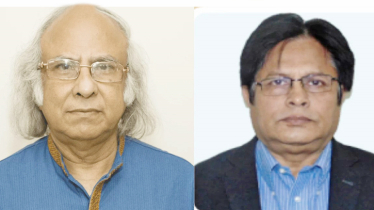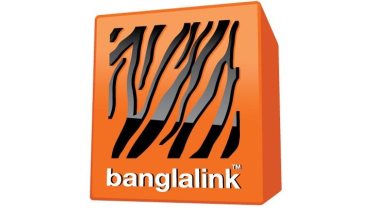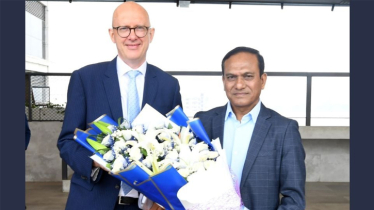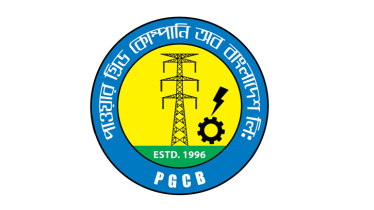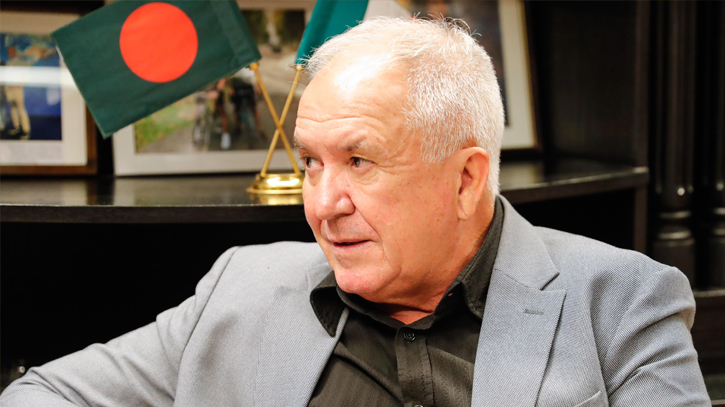
Photo: Collected
Petrobangla (Bangladesh Oil, Gas and Mineral Corporation) initiated an international tender in March for offshore oil and gas exploration, following the approval of the revamped model production sharing contract (PSC). This marks a resumption of exploration tenders after a prolonged hiatus, with the bidding round set to conclude by September.
A promotional seminar was organized on Wednesday (8 May) at a Dhaka hotel to spotlight this offshore bidding initiative. At the event, State Minister for Power, Energy and Mineral Resources, Nasrul Hamid, highlighted the participation of seven renowned international oil companies (IOCs), which have already purchased bid documents. Bangladesh is confident about the success of this offshore bidding round, as it includes participation from global oil majors, Hamid expressed.
Further enhancing prospects, TGS – a leading provider of energy data and intelligence – in partnership with SLB and Petrobangla, has successfully completed a comprehensive 2D multi-client seismic data survey covering over 75,000 square kilometers across all 24 blocks involved in the bid round. This extensive survey, encompassing 12,636-line kilometers, was concluded in April 2023.
During the seminar, TGS presented findings underscoring that the Bay of Bengal is home to the world’s largest deep marine fan – the Bengal Fan – and remains largely untapped for petroleum exploration. This revelation underscores the vast potential awaiting exploration, as Bangladesh seeks to strengthen its energy security and expand its resource base.
During an exclusive interview, Paul Young, Senior Business Development Adviser at TGS, told UNB: “TGS is the world’s largest provider of subsurface data that is used to help explore for oil and gas and also used for finding carbon capture areas, etc. It’s a global company listed on the Norwegian stock exchange, with an operational headquarters in Houston, Texas (USA), and offices around the globe.
“A lot of the work that TGS does is working with countries to promote foreign investment in exploration. We basically act as a partner to the government where we will proceed to acquire and record the subsurface data. And then we use that data to market the prospectivity of the offshore area to international oil companies. So international oil companies can license our data to use and to assess areas before deciding whether to invest or not in exploring further.”
Paul Young went on to explain: “We’re (TGS) able to provide data to companies, firstly to assess the area so they can do a good bid. Secondly, they can use that data to help fulfill their work program that they promised to the government if they’re awarded a block. It fast-tracks the exploration process.”
“This is very important for the country, because it may save at least two years before they actually start drilling for oil and gas. We have a commercial model to license the data to companies and get a return on the investment that we’ve made for the governments. We use our international marketing and our host-client relationships globally to promote the country,” he elaborated.
Speaking on the significance of TGS’s work, he said, “Not only did we make the decision to invest in seismic here, but we also helped the government get to this point by providing feedback from the international oil companies on the changes that needed to be made to the fiscal terms and conditions. The previous contract was not favorable enough and not competitive enough for international oil and gas companies to come here and invest. We provided feedback to Petrobangla, and they had a proper review done of the terms, using experts in that field, and then released a new contract, which is very attractive and competitive relative to other countries. That was a very important moment to get the oil and gas companies interested to explore here. And we had the data ready as well. So, these two things together have now provided the ingredients for the oil and gas companies.”
Reflecting on the response from the IOCs, Paul Young said, “We’ve been working outside of Bangladesh, attracting interest in the US, Europe, and Asia. We’ve already had quite a lot of interaction with the oil and gas companies. Today (May 8) we saw multiple companies from the US, China, Japan, parts of Europe, Malaysia showing their interest by being here and being part of the promotional seminar, and now participating in interaction with the government to be ready to bid on blocks. I think, for the international oil companies that attended (the seminar), they could see that Bangladesh is serious about business.”
Elisabeth Gillbard, senior geologist at TGS, shared insights into the petroleum potential of the Bengal Fan. She pointed to the discovery of several large gas fields between 2004 and 2016 as evidence of the vast potential within this highly active petroleum system.
The 2D seismic data collected from the shelf, slope, and deep waters of Bangladesh feature long offsets of up to 10 kilometers and have undergone modern preprocessing workflows, Gillbard explained. She emphasized that special attention was given to the shallow-water areas on the platform to enhance data quality and reliability.
Addressing the significant untapped opportunities, Gillbard noted, “Globally, equivalent systems have been extensively explored and exploited for petroleum. Yet, the offshore areas of Bangladesh, particularly the Bengal Fan, remain largely unexplored.”
“Obviously it’s been a long time since there’s been a license round opportunity. Now people are looking for more frontier, more exciting adventures. And that’s what we’re going to find in Bangladesh,” she said, adding, “There are numerous discoveries onshore Bangladesh and a couple of fields offshore. These are equivalent systems, but they’re smaller systems. So, what we’re looking for is a much bigger play, which is traditionally what you find further into the deeper water. The discoveries across the border in Myanmar are small examples of these. And they’re good-sized gas fields. We’d expect to find much of the same offshore Bangladesh and more, as we move into the deeper water.”
Messenger/Mumu




